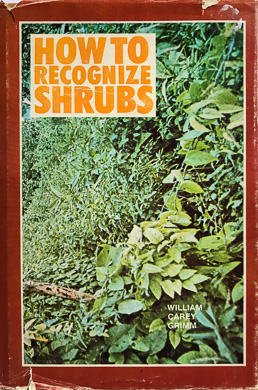How to Recognize Shrubs
William Carey Grimm*
Field guides for shrubs and vines are not nearly so common as those for trees or for wildflowers, so when you find a good one, hold on to it! This one was published in 1966, formerly under the name Recognizing Native Shrubs.
Written primarily for non-professionals, the book describes itself as an all-season, non-technical shortcut to knowing more than 400 bushes, woody plants, and vines.
Each entry begins with a few well-chosen words that provide a verbal sketch of the plant. Following these “Field Marks”, it then goes on to flesh out the description with crisp line drawings and clearly written text. There are two sets of detailed keys to shrub characteristics: one for when leaves and perhaps fruit are present and another for “leaf-losing” shrubs in winter. Within these, there are separate keys for prostrate, erect, or trailing shrubs, and a separate set of keys within 16 of the larger shrub families.
* William Carey Grimm was a botanist trained at the University of Pittsburgh, a teacher, and a volunteer Park Naturalist and Boy Scout leader. He is most often remembered today as the author of many books crafted to bring laymen to a greater knowledge and appreciation for the trees, shrubs, vines, and wildflowers that he loved.
Castle Books.
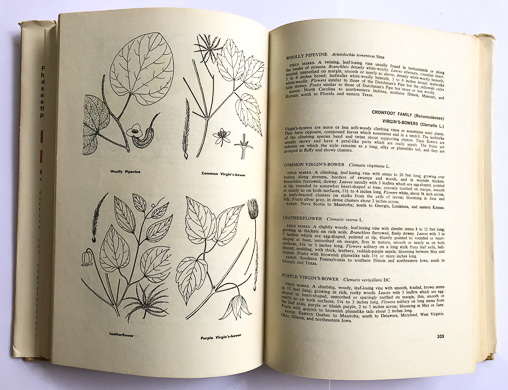
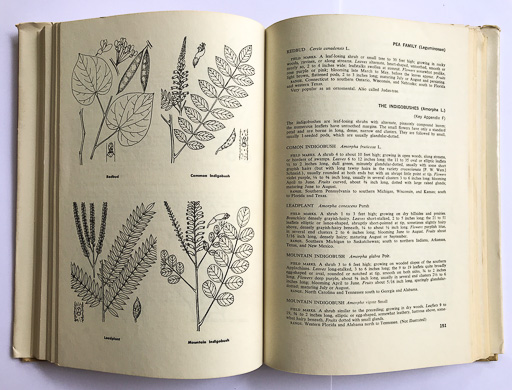
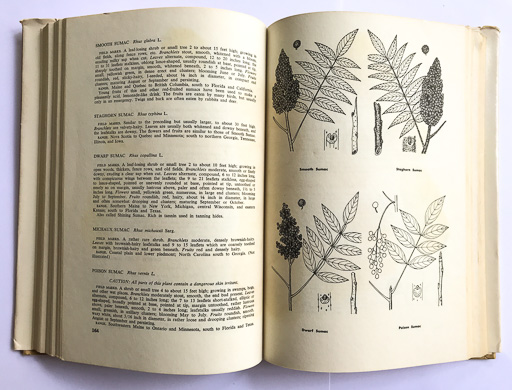
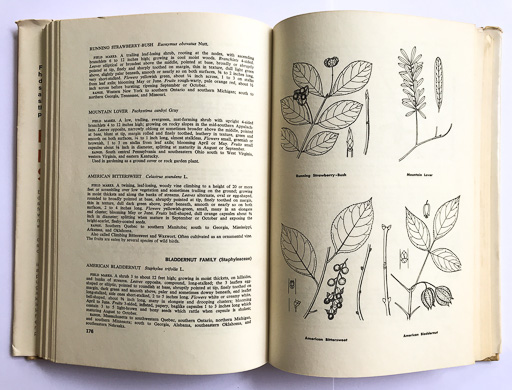
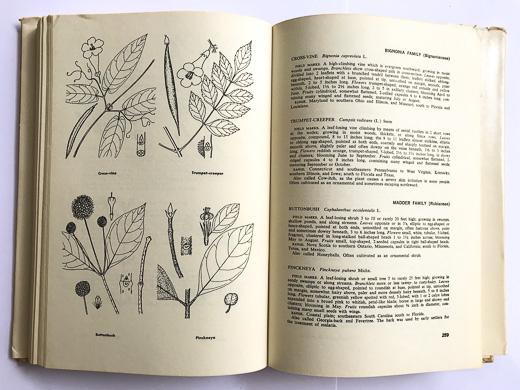
To select from a dropdown list of genera, type only the first 2-3 letters.
If "briar" doesn't deliver the results you want, try an alternate spelling such as "brier", etc.

